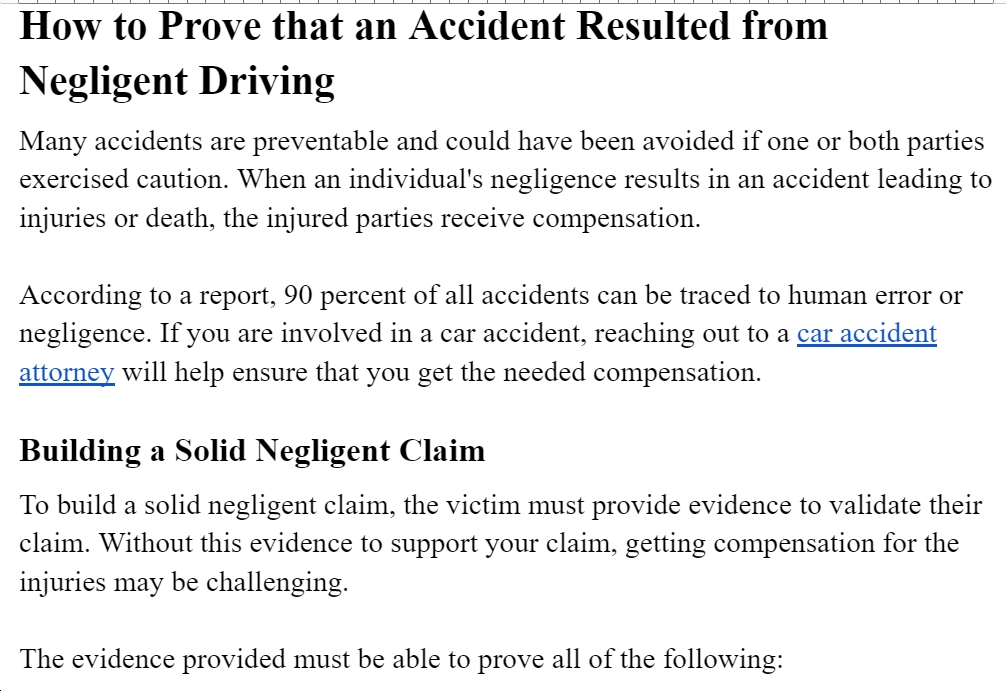Hospitals are among the most frequent locations for fires to take place. According to the National Fire Protection Association, hospital fires account for around nine percent of all fires reported yearly. These fires can cause significant damage and may even result in death. In this article, we will go over the causes of hospital fires, as well as certain measures of control that can be used to avoid them.
Hospital fires aren’t something new. They’ve been in existence since the beginning times of health care. The first recorded hospital fire was in 1773 at the Pennsylvania Hospital in Philadelphia. Since then, numerous fires have led to the deaths and property destruction. Many factors increase the danger of fires occurring in hospitals. This includes aging facilities, insufficient fire safety guidelines, and human mistakes.
Causes Of Hospital Fires And Control Measures
The risk of a fire in a hospital setting could be caused by various sources, including equipment that produces heat, the storage of hazardous chemicals, and faulty electrical wiring.
Electrical Equipment
The leading reason for hospitals catching fire is the electrical apparatus. To avoid fires, hospitals should adhere to fundamental safety rules. Every electrical device should be checked and maintained frequently. Cables and sockets that have been overloaded can cause fires.
Therefore, power strips should be connected directly to outlets or not daisy chained (linking power strips). Hospitals must also install automatic shut-off devices for every electrical device if possible. Hospitals can reduce the risk of fire and ensure the safety of their patients by adhering to simple safety guidelines.
Cigarettes
Smoking cigarettes is a major reason for hospital fires, per the National Fire Protection Association (NFPA). In reality, cigarettes cause an estimated $400 million worth of damages every year.
Even though cigarettes are not allowed in health facilities, patients could sneak them into homes or smoke outside but not properly dispose of them. Continue reading to learn more!
Hospital smoke-related fires are particularly dangerous since patients are usually sick and cannot evacuate their homes quickly. Hospital fires are likely to spread quickly due to the numerous substances that can ignite in these buildings.
To help prevent fires in hospitals to avoid hospital fires, the NFPA advises:
- Properly discarding cigarettes
- Not smoking indoors
- Implementing the “no smoking” policy for the entire facility
Follow these easy guidelines to aid in keeping our hospitals free from fire.
Kitchen Facilities
A similar fire erupted at a hospital in California that caused the hospital to suffer $11 million of damage and shut down the hospital for more than two months. The cause of the fire was traced to an electric toaster within the kitchen. While nobody was injured, the damage from the fire was severe.
This is only one example of how a fire in your kitchen can result in significant destruction. To keep fires out of your kitchen, keep an eye on your appliances and not let them go unattended. If you cook with cooking fats, eliminate them so they don’t accumulate and start a fire.
Specialized Medical Equipment
Recently, there has been increased number of hospital fires caused by specially-designed medical equipment. Due to their power-packed radiation outputs, lasers and electrosurgical instruments are frequent ignition sources. Gas tanks cause fires for oxygen, surgical clothes, and sterilizing fluids that are flammable.
Hospital staff must know about the fire hazards these kinds of equipment could pose and ensure they are protected from these hazards. Lasers and electrosurgical instruments should be utilized in well-ventilated areas and kept away from oxygen tanks, surgical clothes, and flammable liquids. These tools are best stored in fire-proof containers or cabinets.
In a fire, hospital staff must follow the standard fire safety protocols. Get the area evacuated immediately and contact the fire department immediately. Don’t try to put out the flame yourself since this can cause injuries. With these simple steps, the hospital staff can stop fires caused by specially designed medical equipment.
Consequences of Fire Damage in Hospitals
If someone is sick or injured, hospitals offer a space in which we can receive treatment and have time to recover. They are often considered safe locations; however, should there be an unplanned fire, it could cause substantial damage to the building and further injury or even death to patients being treated in the hospital. The consequences of a fire in hospital damage can last for a long time and are grave.
The most noticeable damage to the hospital caused by fire is the destruction of the structure, patient rooms, and administrative areas. Soot and smoke can be transported through the hospital’s vents for air, which destroys areas away from the fire itself and causes respiratory problems for staff and patients.
If patients’ rooms get damaged, it affects the capacity of hospitals to provide care for new patients, and if the blaze is severe enough, the hospital cannot perform for any time. If the offices of the administration are damaged, important information and files on computers might be lost forever. In ideal circumstances, all of these files should be saved away from the site, but this is only sometimes the scenario. The problems with organization that result could be significant.
Another Side to Hospital Fire Damages
In the case of humans, there might be more injuries or fatalities as a result of a fire at a hospital. Patients often need help moving on their weight or might have difficulty getting around quickly. Suppose there’s no evacuation strategy in place, accompanied by each staff member being aware of the exact nature of their accountability. In that case, the chance of further injury for hospital patients is more likely.
Power outages resulting from fire could cause patient records to be lost, or other medical information might not be accessible. This could mean that the quality of care for patients could be seriously affected.
Cleaning up and restoring what is required in the event of a hospital fire will be costly due to the general magnitude and scope of the undertaking. In many instances, special treatment is required to fix the damages. Equipment for medical and surgical use costs a lot to buy, replace, and replace, not forgetting other things like flooring, carpet, and furniture used in hospitals and patient rooms.
Doctors might only be able to work at the location that has been damaged once the damage has been repaired, severely limiting their ability to cater to their patient’s needs. If doctors only have access to a single hospital, this could have disastrous consequences for their practice.
A fire that has caused serious damage requires all patients to be moved to different facilities, resulting in major logistical difficulties. There could be a degree of overload for other facilities, which will eventually take on the extra patient burden that strains staff and resources to the limits.



